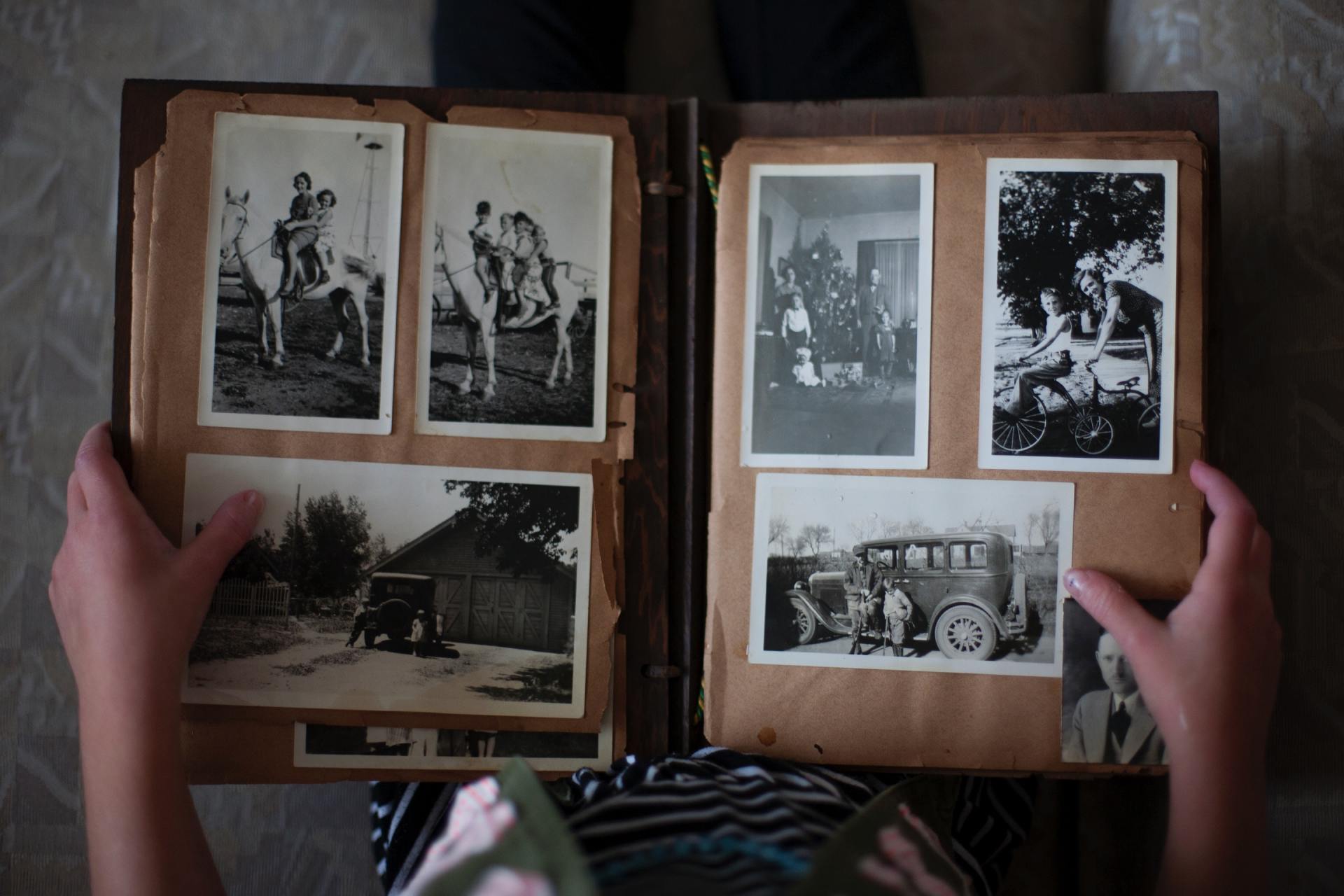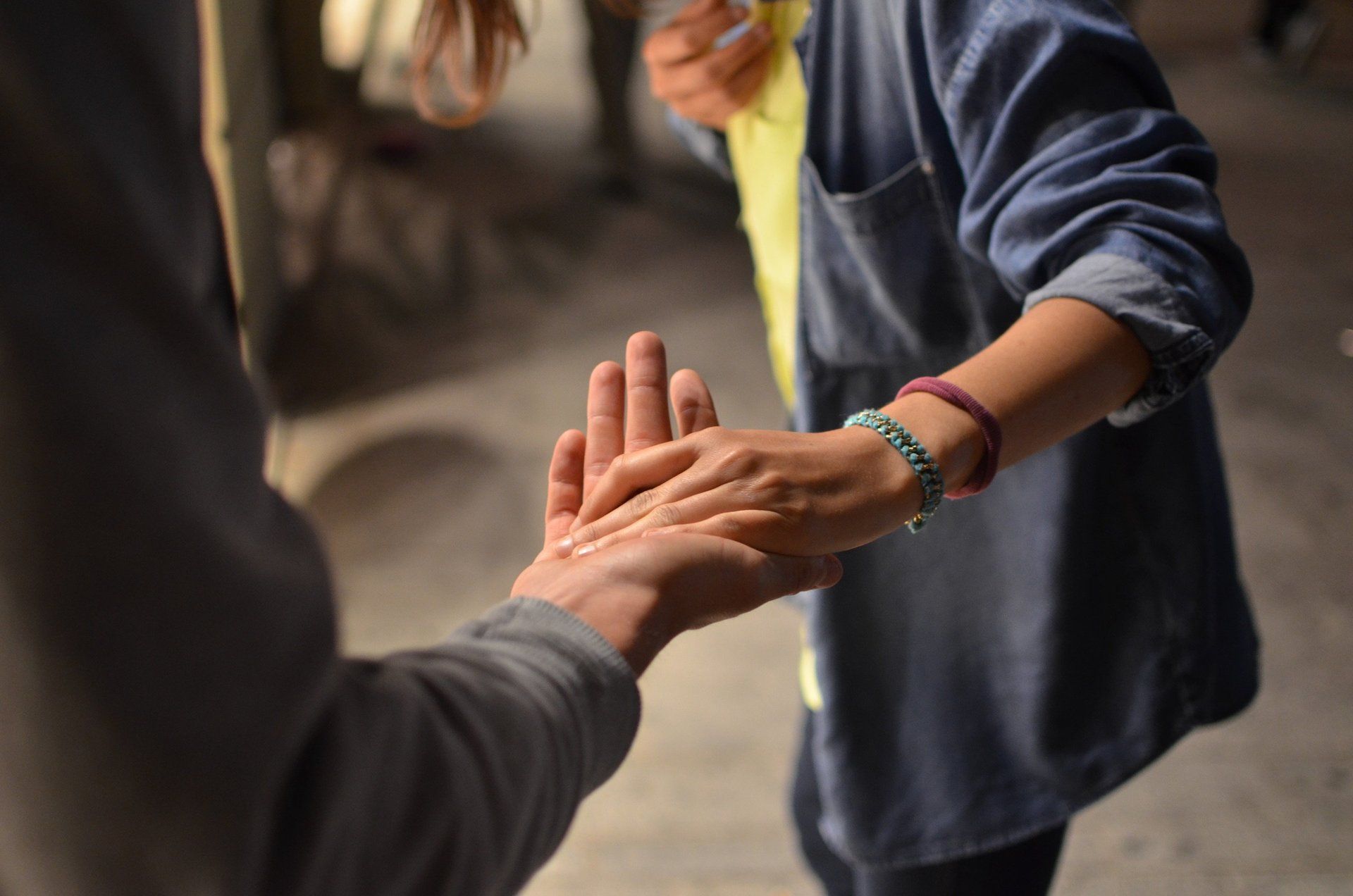What is a Memorial Service?
A memorial service is the term used when a service/gathering includes the presence of the urn. A memorial service can be held weeks or even months after the death. However, we encourage families to not wait too long to have their services.
A memorial service can be held in a church, the funeral home or a community hall, or somewhere of importance to the deceased and family. Our creative team have assisted families to have services at local event centers, village greens, lighthouses, on various beaches, and on one's farm.
There is usually music, selected readings, and a eulogy.
Memorial Service Ideas
Our experience has shown us that many of today's families want more than a traditional funeral. This can be done by bringing more of the personality and lifestyle of the deceased into the arrangements. By displaying photographs or staging the event around a favorite pastime, a memorial service can become more personal and meaningful.
If a personalized memorial service suits the needs of your family, we suggest you consider the following questions:
- What did your loved one like to do?
- What was he or she like as an individual?
- What was their profession and how did that shape their life?
- Was your loved one spiritual?
- Was he or she proud of their cultural or ethnic heritage?
As mentioned in the page Traditional Funeral Services, there are four basic components which make up the conventional approach to funerals:
- A Visitation
- The Funeral Service
- A Committal Service
- The Funeral Reception
A traditional funeral then is a series of events; it's a ritualized process where the deceased, and the attendees, pass from one social status to another; a process where the torn fabric of a family and community is repaired. According to the online article "Six Characteristics of Helpful Ceremonies", by William Hoy, Director of Grief Connect, this is done by including:
- Symbols of shared significance intended to communicate beyond words
- Ritual actions shared by a group of individuals
- Gathered people providing comfort to one another
- Connection to heritage through recognized readings
- Increased physical contact between attendees provide comfort
- Witnessing the transition of the body through burial or cremation
In knowing these characteristics, you can also design a Celebration of Life Service as unique as the life of your loved. Learn how to create a Celebration of Life.
Proudly Serving the Communities of Kennebunk, Kennebunkport, Arundel, Wells, Ogunquit, Cape Neddick,
the Berwick's, Alfred, Lyman, Lebanon, Somersworth, NH, and Rochester NH
Phone: 207-985-2752
Bibber Memorial Chapel
67 Summer Street
Kennebunk,
ME
04043
Fax: 207-985-9285
Phone: 207-646-6133
Bibber Memorial Chapel - Wells
111 Chapel Road
Wells,
ME
04090
Fax: 207-985-9285
Phone: 207-698-1105
Bibber Memorial Chapel - Berwick
62 Cemetery Road
Berwick,
ME
03901
Fax: 207-985-9285
Phone: 207-459-7110
Bibber Memorial Chapel -
Alfred
47 Oak Street
Alfred, ME 04002
Fax: 207-985-9285
Please use the following address for all correspondence:
Bibber Memorial Chapel
67 Summer Street
Kennebunk, ME 04043


